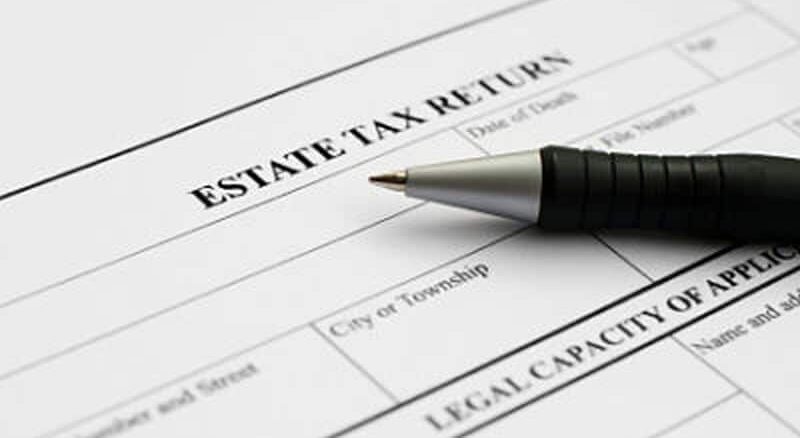As most taxpayers understand, property held by the decedent at death must be reported on a federal estate tax return (assuming the entire taxable value of the estate exceeds the available lifetime exclusion). The estate tax due, if any, is generally based upon the fair market value of the property held by the decedent at death and included in the estate. This is so even though the decedent may have paid substantially less than the property’s value at the date of death.
The trade-off for this treatment has generally been a tax basis “step-up” for the beneficiary(ies) receiving the property. In other words, the beneficiaries who receive the property are afforded tax basis equal to the value included in the decedent’s estate. Again, this is so even though the decedent may have paid substantially less than the property’s value at the date of death.
As a result of this tax provision, known as the Section 1014 Step-up, the recipient beneficiary(ies) can sell the property with no gain or loss (their tax basis equals the fair market value).
An issue that has troubled the Internal Revenue Service for some time has been the lapse of time between when an estate tax return is filed and the sale of the property by the beneficiary(ies). In these instances, matching the tax basis of the beneficiary(ies) with those values reported on the decedent’s estate tax returns often proved cumbersome, if not impossible, and was extremely burdensome.
To remedy this issue, one tax law change recently made by the Surface Transportation and Veterans Health Care Choice Improvement Act of 2015, affects estates and beneficiaries immediately. A specific provision in that Act (Section 2004) requires consistent reporting of basis between an estate and anyone acquiring property from the decedent. This provision, which became effective on the date of enactment (July 31, 2015), imposes significant new reporting requirements.
The new reporting rules require statements to be furnished to the Internal Revenue Service and to beneficiaries within 30 days of the estate tax return’s due date. For example, for an estate that had a return due August 1, 2015, the new statements are due by August 31, 2015. Thus, those involved as executors of an estate that is currently open should check to see if the new rules apply.
The Act makes a couple of important changes to the Internal Revenue Code. First, it amends Section 1014 to require that the basis of property acquired from a decedent be consistent with the basis reported on the estate tax return. Though this outcome has always been the case, the Act, for the first time, codifies the requirement.
Additionally under the Act, the acquirer beneficiary’s basis in property for which the final value has been determined for estate tax purposes cannot exceed that final value. For property for which the final value has not been determined for estate tax purposes, but for which basis has been reported under new Section 6035 [See below] to the person acquiring the property, the acquirer’s basis cannot exceed that reported value. Note that the Section 1014 amendment only applies to property where the inclusion of the property in the decedent’s estate increased the estate tax.
If basis is reported inconsistently between an estate tax return and a beneficiary’s return, taxpayers may find themselves subject to additional charges, specifically, an accuracy-related penalty on underpayments.
The Act also creates a new Section 6035, imposing reporting requirements on the executor of any estate required to file an estate tax return. Under the new requirements, the executor must furnish a statement to the Internal Revenue Service and to each person acquiring an interest in property included in the decedent’s gross estate. That statement must identify the value of each property interest as reported on the estate tax return and any other information the Internal Revenue Service may require. (To date, the Internal Revenue Service not issued guidance on what this other information might be.)
Beneficiaries who are also required to file information returns have the same requirement imposed upon them. The statements must be furnished within the earlier of: 30 days after the estate tax return was due (including extensions), or 30 days after the return was filed. The Internal Revenue Service is granted authority to set earlier due dates. If adjustments must be made to a statement, the supplemental statement is due no later than 30 days after the adjustment is made.
These new statements are added to the definition of “information return” and “payee statement” under the Code, making failure to furnish them subject to various penalties.
These new provisions should go a long way in eliminating the whipsaw effect that tax basis differences can wield in the tax system. Also, the new reporting requirements will help beneficiary(ies) receiving property from an estate to better understand their tax basis at receipt, as well as assist with their record keeping when the property is sold.
If you have questions, please contact Bob Grossman or Rick Dynoske at 412.338.9300.






